What Is Garlic Aioli Sauce and How to Make It at Home
Garlic aioli is a luscious, creamy condiment that enhances any dish it accompanies. It’s born from the combination of garlic and mayonnaise, and it has a rich history and global appeal.
At its core, garlic aioli is simple to make. Typically, you blend crushed garlic cloves with creamy mayonnaise and season it with lemon juice, salt, and sometimes mustard for added depth. The result is a harmonious fusion of pungent garlic, tangy acidity, and velvety smoothness, creating a flavorful experience.
What makes garlic aioli stand out is its versatility. It pairs perfectly with many dishes, from crispy French fries to grilled meats, fresh seafood, and vibrant vegetable platters. Its creamy texture and bold flavor also enhance sandwiches, wraps, and burgers. Plus, it makes a great dipping sauce for crudités and breadsticks.
Garlic aioli is also adaptable. Cooks love experimenting with different additions. Fresh herbs like basil, parsley, or chives add a fragrant note. Spices like paprika or cayenne introduce a subtle heat. Roasted garlic, with its mellow sweetness, can replace raw garlic for a more nuanced flavor.
Originating in the Mediterranean, garlic aioli reflects the simplicity and ingenuity of Mediterranean cooking. With just a few ingredients, it turns ordinary meals into extraordinary experiences.
History of Garlic Aioli Sauce
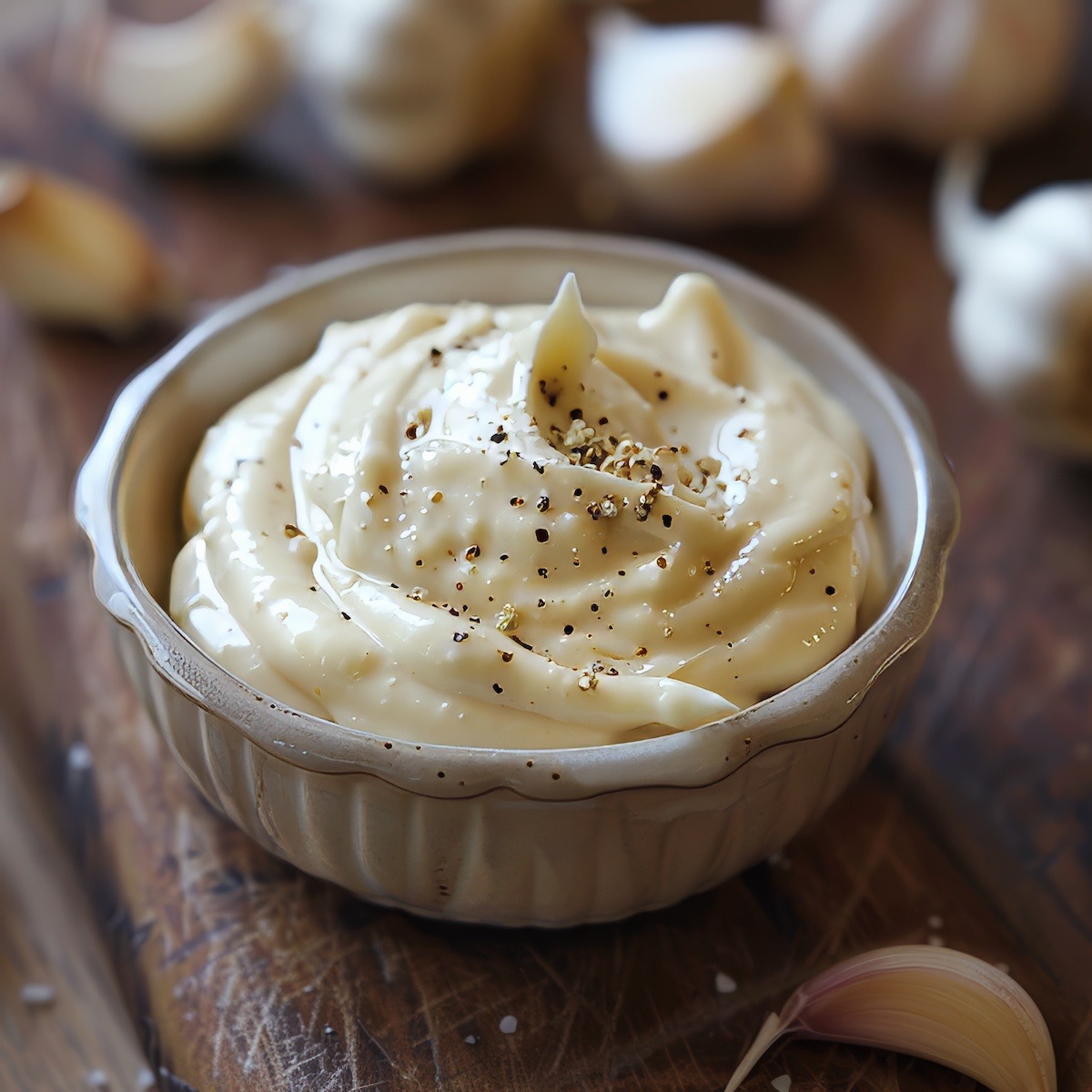
Garlic aioli has a rich history that dates back centuries to the Mediterranean region, particularly Spain and France. It started as a simple yet essential condiment in these regions’ culinary traditions. The word “aioli” comes from the Provencal language, where “ai” means garlic and “oli” means oil, reflecting its main ingredients.
Initially, aioli was more than just a sauce. It was a staple food for Mediterranean peasants, especially in areas with fresh, local ingredients. Traditionally, cooks would pound garlic with a mortar and pestle, then slowly mix in olive oil to create a smooth, creamy texture.
At first, aioli was just garlic and olive oil. Over time, variations began to appear. People started adding egg yolks, which created a creamier texture and more stable emulsion, similar to mayonnaise. They also added lemon juice or vinegar to balance the garlic’s pungency with acidity. This led to the garlic aioli we know today—creamy, tangy, and full of garlic flavor.
As trade routes expanded, aioli spread beyond the Mediterranean. It grew in popularity and found its way into various cuisines. Today, garlic aioli is beloved worldwide, known for its versatility and bold flavor. It remains a key part of Mediterranean cooking and continues to evolve in modern kitchens.
Dijon Mustard
Dijon mustard, originating from the eponymous French city, is a condiment renowned for its distinctively sharp and tangy flavor. It is made from brown or black mustard seeds, white wine, vinegar, and salt and boasts a smooth texture and a complex taste profile. Its versatility in both cooking and garnishing makes it a staple in kitchens worldwide.
Dijon mustard adds depth to dressings, marinades, sauces, and dips and is also a zesty spread for sandwiches and wraps. Whether used as a subtle enhancer or a bold flavor component, Dijon mustard lends sophistication to many culinary creations.
Some of My Favorite Sauce Recipes
Garlic Aioli Sauce
Ingredients
- 2 cloves garlic finely minced or grated
- ½ teaspoon Dijon mustard optional
- 1 cup mayonnaise
- 1 tablespoon fresh lemon juice
- salt and pepper to taste
Instructions
- In a mixing bowl, combine the finely minced or grated garlic with the Dijon mustard, if using.
- Add the mayonnaise to the bowl.
- Squeeze in the fresh lemon juice.
- Season with salt and pepper to taste.
- Stir all the ingredients together until well combined.
- Taste and adjust seasoning as needed, adding more garlic, lemon juice, salt, or pepper according to your preference.
- If you prefer a smoother consistency, you can blend the mixture in a food processor or with an immersion blender until smooth.
- Transfer the garlic aioli to a serving bowl or airtight container.
- Cover and refrigerate for at least 30 minutes before serving to allow the flavors to meld together.
- Serve chilled as a vegetable dip, a spread for sandwiches and burgers, or a sauce for grilled meats, seafood, or roasted vegetables.

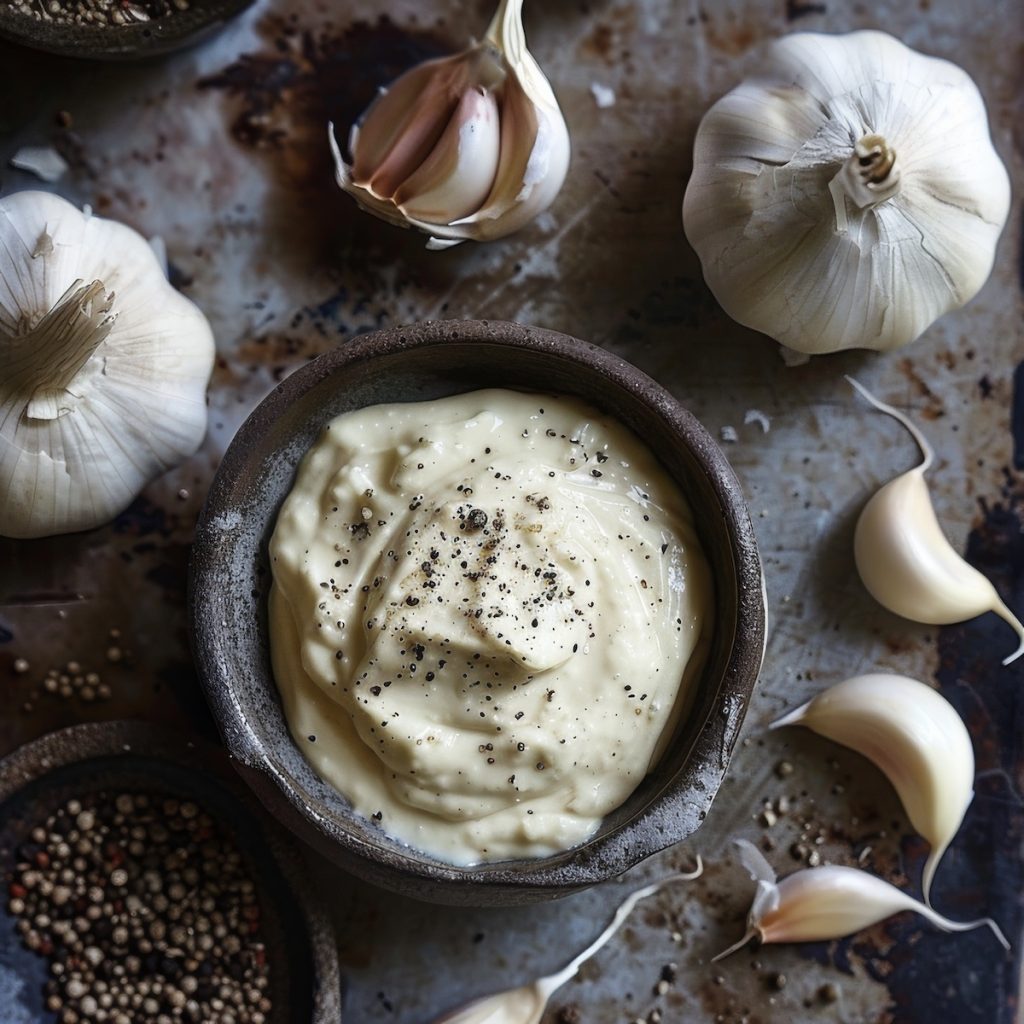
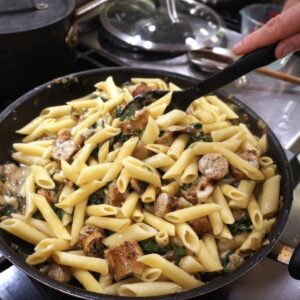



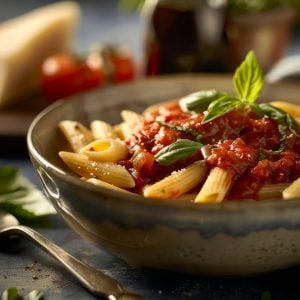

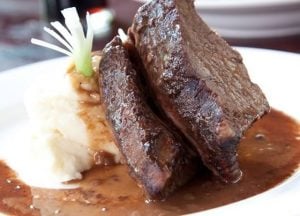



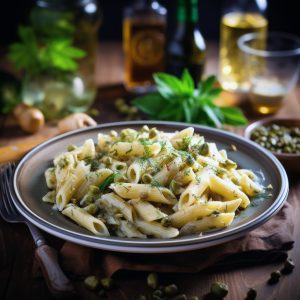

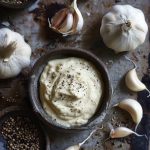
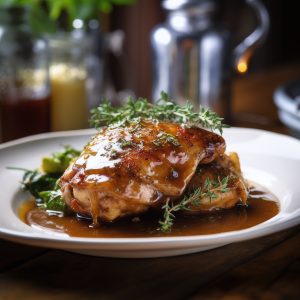








2 Responses
11 The recipe is missing from the page…
Hi Diane, not sure what happened to it, but it’s there now. Thanks for letting me know.